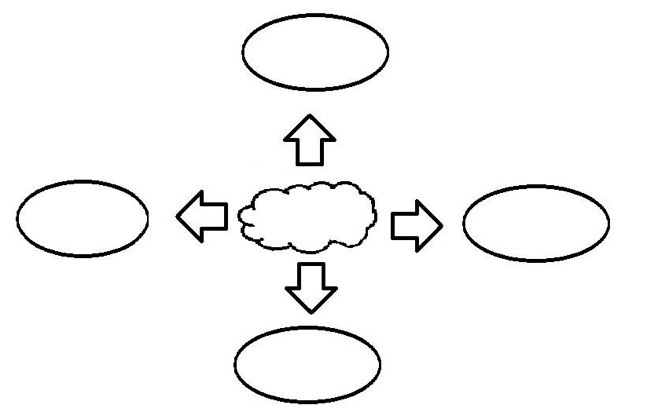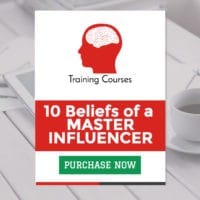Present Your Ideas Effectively
My challenge as a satirical artist is how to present ideas to people to enable them to question and reexamine their beliefs. My hope is, that my work provokes people to look at things in a new way. ~ Joey Skaggs

How to Present your Ideas
When it comes to public speaking and presentation skills training, there are 4 areas one must improve to become a Master Influencer:
Presentation Psychology:
How you eliminate the FUNDA (fear, uncertainty, nervousness, doubt and anxiety) so that you can present with confidence in any setting;
Presentation Delivery:
How you avoid to be a “sleeper” (a speaker that is so boring that puts people to sleep) so you can deliver your message with power, charisma and impact;
Increments of influence:
When you utilize the science of Influence (e.g., law of commitment and consistency, reciprocity, etc) into your presentation so you can increase the likelihood of compliance (people will say yes more often to you), and
Presentation Structure:
How you organize your ideas into a framework that allows you to achieve your presentation outcomes.
In this blog post you will learn a quick presentation structure for you to use in any presentation scenario (video, webinar, live group presentation, and one-one-one presentation).
Before I share this structure with you, I want to give you a disclaimer.
There are infinite ways of organizing your ideas, and they change dramatically depending on your outcome (influence, inform, entertain, etc), your audience (how much you know about them, if they know you or not, etc), the time you have, etc.
What I am about to share with you it is just one of the many ways to organize the body (the major part) of your presentation.
It does not include other elements of a persuasive presentation such as opening, pre-framing, pre-close and close (I will cover them in future blog posts).
This structure is a great way for you to organize your major ideas and I call it OCS:
Opportunity, Concern, Solution
Opportunity: In this section, I use market driven-data to describe the opportunity that I want to introduce to my audience. For example, let’s say I am a Real Estate agent doing a First Time Home Buying seminar.
In this section of my presentation, I will use market data to describe to my audience (first time home buyers) the opportunity we currently have.
I will be using statistics, stories, analogies, studies, articles, etc to describe the overall opportunity we have in the marketplace right now: declining home prices, low interest rates, great inventory, etc.
Concerns: After you describe the opportunity, the next step is to tell your audience why some people are not taking advantage of it, or, what stops some buyers from capitalizing on this opportunity.
In our example, we would elegantly address the fact that some first time home buyers are not taking action because they are afraid houses prices are going to go down even further, or maybe they have been “hurt” before (lost money in a Real Estate transaction) and have some resistance.
Some presenters don’t like to address the objections; they wait for them to come up.
It is my opinion, that in 99% of the persuasive presentations, you know in advance the possible concerns, objections and resistance points that your audience may have.
So if you know these concerns upfront, why not address them?
Solution: The last piece of this framework is about the solution, the steps or the process that one must take in order to capitalize in the opportunity previous described.
So in our example, the presenter would talk about his or her own “home buying process”.
It is my experience that most professionals don’t have created a process for their solution.
Yes, they may have a solution, for example “I can help you buy a house”, but they don’t have a branded process for it.
A branded process would have a distinct name, for example “Home sweet Home” buying process and clearly defined steps (first, second, third steps, etc).
A branded process adds tremendous value to your offer because it pre-supposes that you have helped previous clients many times before, it is result-driven, it is proven and it distinguishes you from your competition.
The beauty about this format is that you can craft a persuasive presentation very fast, here are the steps again:
1) do a little research and incorporate some market data and stories about the opportunity you are describing,
2) understand the major concerns that your audience may have and address them elegantly and
3) develop a unique way for your audience to take action in your offer.
I would love to hear your feedback and the results you got when you use the OCS formula to present your ideas more effectively!
Roberto
Further Reading:
9 Major Presentation Mistakes
Why should you tell your personal story during your sales presentation?

